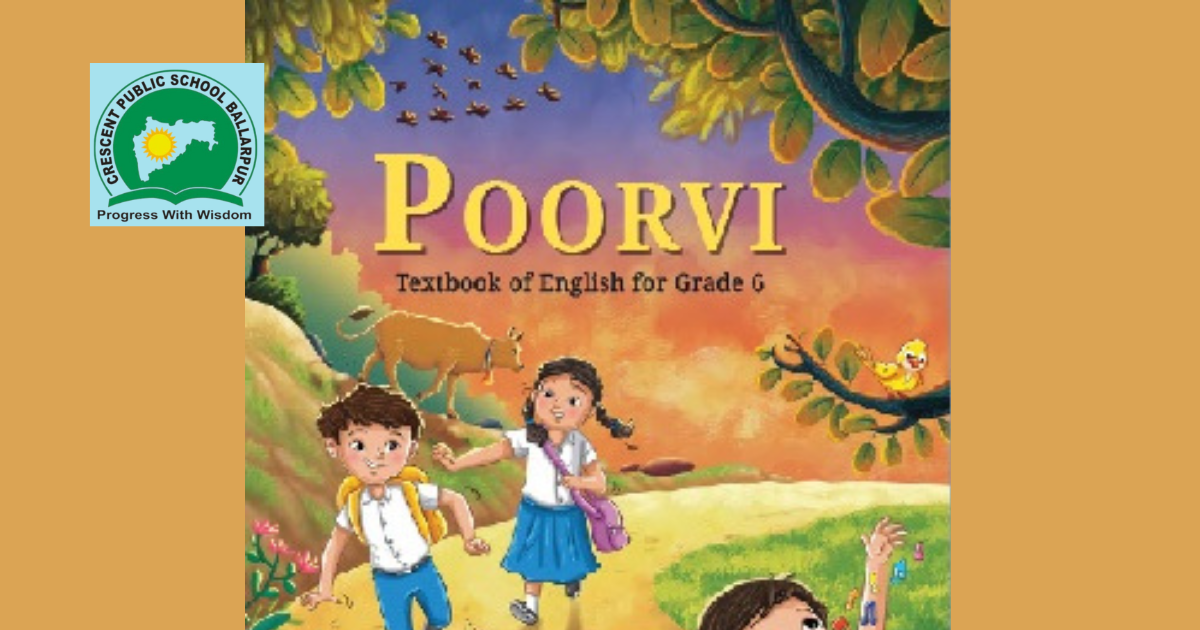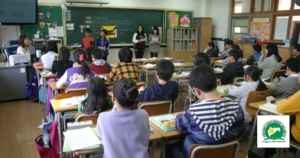Reimagining English Education in India: A Deep Dive into CBSE’s New English Textbook Poorvi
By Humaira Khan – Educator and Curriculum Specialist
The Central Board of Secondary Education (CBSE), in alignment with the progressive vision of the National Education Policy (NEP) 2020, has recently introduced a new English textbook titled Poorvi for its primary and middle-grade learners. As a veteran English teacher who has spent years navigating the evolution of school curricula, I approached this change with both curiosity and cautious optimism. Upon thoroughly reviewing Poorvi, and comparing it with the earlier English textbooks, I am compelled to say: this book is not just a revision; it is a paradigm shift.
The Vision Behind Poorvi
At the heart of Poorvi lies a commitment to multilingualism, cultural rootedness, and experiential learning—core values of the NEP 2020. The book seeks to nurture not just linguistic competence but also cultural awareness, critical thinking, and creativity. It reflects a shift from rote memorization to holistic, competency-based learning, echoing the national move towards foundational literacy and numeracy.
Structural Innovation and Design
One of the most noticeable differences between Poorvi and the older English textbooks is the structure. Poorvi has adopted a thematic approach rather than a linear progression of grammar and comprehension. Each unit revolves around a central theme such as Nature and Nurture, Dreams and Aspirations, or Unity in Diversity, and integrates poetry, prose, dialogues, and tasks in a unified narrative arc.
The visual design is also more learner-centric. The layout is vibrant but not overwhelming, with illustrations that are culturally inclusive and age-appropriate. Unlike older books that often felt text-heavy and formal, Poorvi strikes a balance between aesthetic appeal and functional design.
Language Pedagogy: A Shift Toward Competency
In previous editions, English was primarily taught as a subject to be mastered through rules and repetition. Poorvi, however, embraces language as a tool for communication and self-expression. There is a noticeable shift toward constructivist learning—where students actively participate in meaning-making rather than passively receiving information.
The book includes:
* Contextual vocabulary building instead of isolated word lists
* Dialogic reading prompts that encourage classroom discussion
* Listening tasks with QR code-enabled audio content
* Creative writing tasks that offer open-ended prompts rather than formulaic formats
For example, in the chapter The River’s Song, students are encouraged to not only understand the poem but to write their own verses inspired by their local water bodies—an excellent exercise in both environmental consciousness and linguistic creativity.
Content Depth and Cultural Inclusion
One of the most admirable features of Poorvi is its celebration of India’s linguistic and cultural diversity. Unlike older books that often leaned toward Western-centric texts, Poorvi includes:
* Regional folk tales
* Translations of Indian authors
* Excerpts from modern Indian literature
* Stories with characters from various socio-economic backgrounds
A powerful chapter titled Mina’s Mango Tree tells the story of a tribal girl’s journey to protect her land through community storytelling. The chapter is followed by questions that link literature with civic education and environmental responsibility—blending literacy with life skills.
Alignment with NEP 2020 Goals
The integration of NEP 2020 objectives in Poorvi is evident across multiple levels:
1. Multilingualism: Each chapter ends with a “Language Connection” section where students compare English words or expressions with their equivalents in Hindi or regional languages. This not only supports better comprehension but also fosters linguistic respect.
2. Foundational Literacy and Numeracy (FLN): In early-grade versions of Poorvi, literacy is reinforced through phonetic awareness, rhythm, and storytelling—crucial for first-generation learners.
3. Experiential and Joyful Learning: Activities like role-play, peer interviews, and field-based language assignments are frequent. The book nudges the child out of the textbook and into the real world.
4. Inclusivity and Equity: Stories in Poorvi are mindful of gender representation, special needs, and social equity. Children from underrepresented communities are portrayed as protagonists, not side characters.
Teacher Support and Classroom Integration
A textbook is only as effective as its implementation. Fortunately, Poorvi is accompanied by a detailed Teacher’s Handbook, replete with lesson plans, classroom strategies, assessment tools, and ideas for differentiated learning. The handbook encourages teachers to move beyond blackboard instruction and adopt blended pedagogies, integrating digital and real-world experiences.
Additionally, with CBSE moving toward formative assessments, Poorvi provides reflective journaling exercises, peer feedback prompts, and group project ideas, enabling continuous and holistic evaluation.
Challenges and Opportunities
While Poorvi sets a bold and refreshing tone, there will naturally be challenges:
* Teachers will need proper training to navigate the shift in pedagogy
* Classrooms with large student-teacher ratios may struggle with experiential tasks
* Access to digital resources (especially in rural areas) could limit the impact of audio-visual integrations
Yet, these are surmountable obstacles with proper investment in teacher development and school infrastructure.
Conclusion: A Step Forward
Poorvi is more than a textbook—it is a tool for transformation. By weaving together the threads of language, culture, emotion, and intellect, it prepares children not just to score marks but to live meaningful, connected lives. It embodies the spirit of NEP 2020, translating policy into practice.
For teachers like me, it is a reaffirmation that education can still inspire. For students, it is an invitation to explore the power of language in expressing their stories, dreams, and identities.
As we step into a new era of learning, Poorvi offers a promising beginning.





